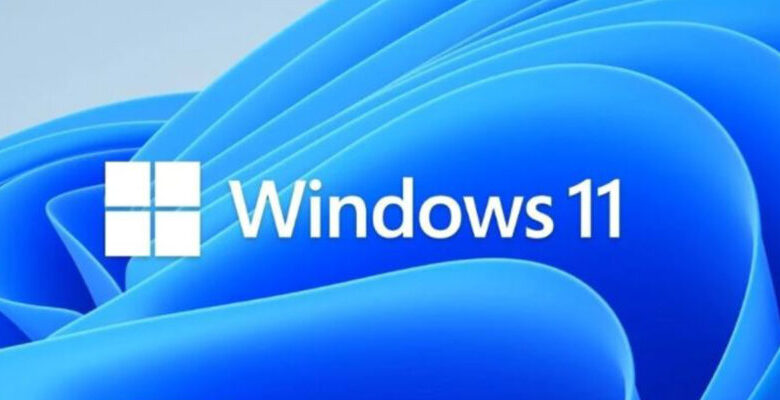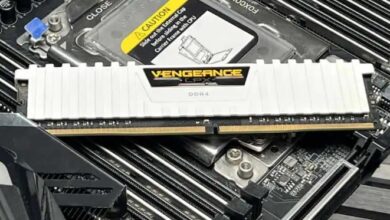
Because I run Windows 10, I’ve discovered that there are occasions when my wired Ethernet connection feels noticeably more sluggish than my wireless connection does. At first, I was confused by this because I had always been under the impression that Ethernet was far quicker than Wi-Fi.
But, after conducting some investigation, I found that there are a number of potential reasons why Ethernet can be slower than Wi-Fi on Windows 10.
Ethernet slower than Wi-Fi windows 10
For Windows 10, having network drivers that are out of date or faulty is one of the most prevalent causes of Ethernet connections being slower than Wi-Fi connections.
The software known as drivers is what enables your computer to communicate with the physical components of your network, in this case, the Ethernet adapter. Your Ethernet connection may be sluggish or unreliable if the driver is out of the current or corrupted. This may be the result of the driver.
You may check to see if the drivers for your network are up to date by going to the Device Manager on your computer and looking for your Ethernet adapter. If there is a yellow triangle with an exclamation point next to it, then it is possible that the driver needs to be updated.
The quality of the Ethernet cable that you are utilizing is another factor that could be contributing to the difference in speed between Ethernet and Wi-Fi on Windows 10.
There are a few distinct classifications of Ethernet cables, and some of them are significantly quicker than others. Take for instance the difference in speed between a Cat 6 Ethernet cable and a Cat 5 cable.
It is possible that the Ethernet connection you are using is the source of the bottleneck in your network, which results in slower speeds. If the cable is older or of lower quality, this could be the case.
Try replacing your Ethernet cable with a newer, better-quality model to see whether or not the cable itself is the source of the problem.
In conclusion, the network adapter that is installed on your computer may or may not have an effect on the speed of your Ethernet connection. For faster Internet speeds, it is possible that certain older or lower-end PCs may not have a gigabit Ethernet adapter, which is required.
You will not be able to get the same speeds with your computer if it is fitted with a 10/100 Mbps Ethernet adapter because a gigabit adapter is capable of achieving such speeds. You can navigate to the Device Manager on your computer and look for the properties of your Ethernet adapter there in order to determine the speed of your Ethernet adapter.
In conclusion, there are a number of factors that could cause Ethernet to function more slowly on Windows 10 compared to wireless networks. Slower speeds can be caused by a number of factors, including outdated network drivers, low-quality Ethernet cables, and older or lower-end Ethernet adapters.
You can boost the speed of your Ethernet connection by checking the specifications of your Ethernet adapter, upgrading the network drivers on your computer, and upgrading the quality of the Ethernet cable you use. If you follow these instructions, you will be able to ensure that the speed and performance of your Ethernet connection are at their optimum levels.




